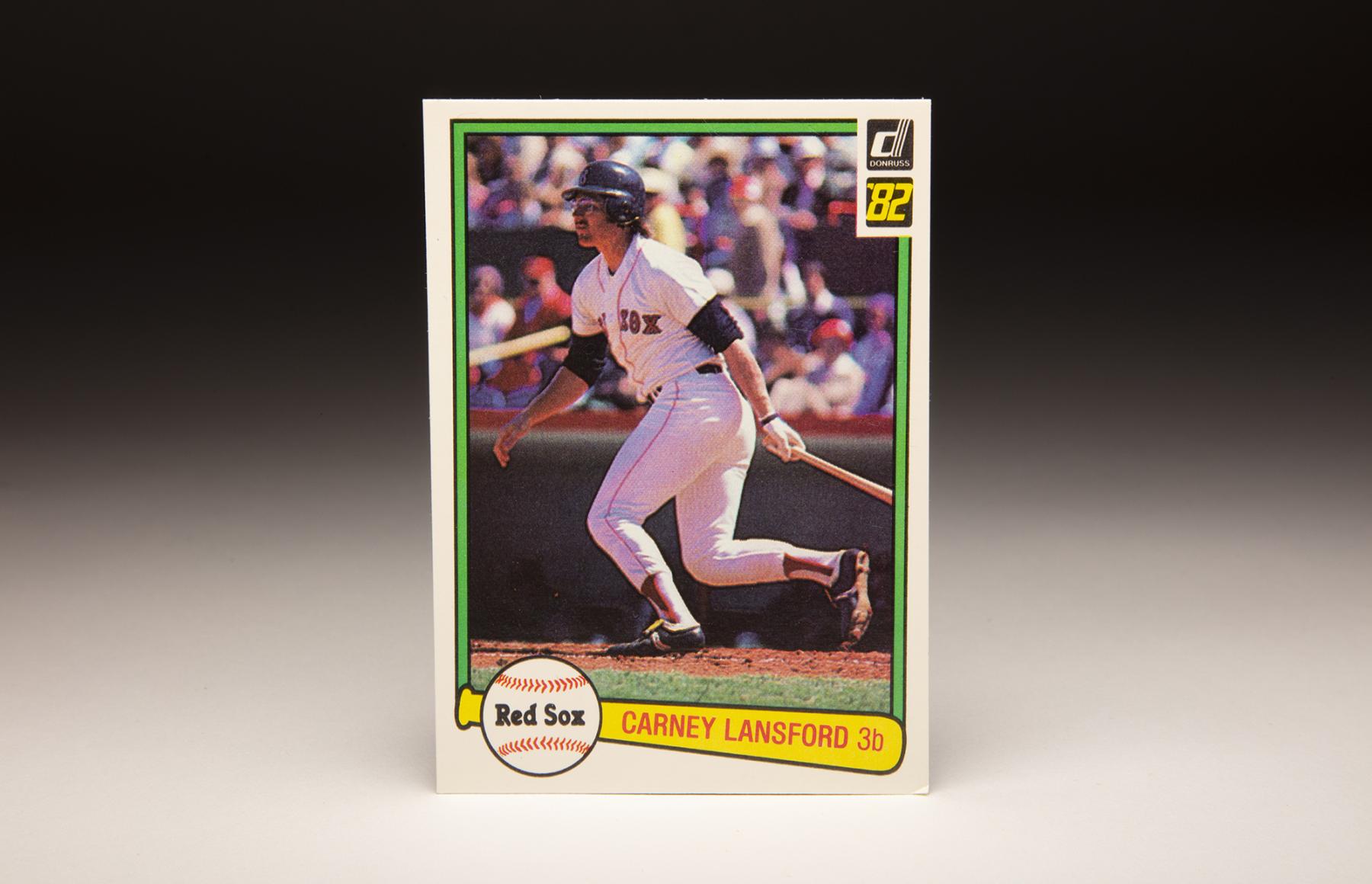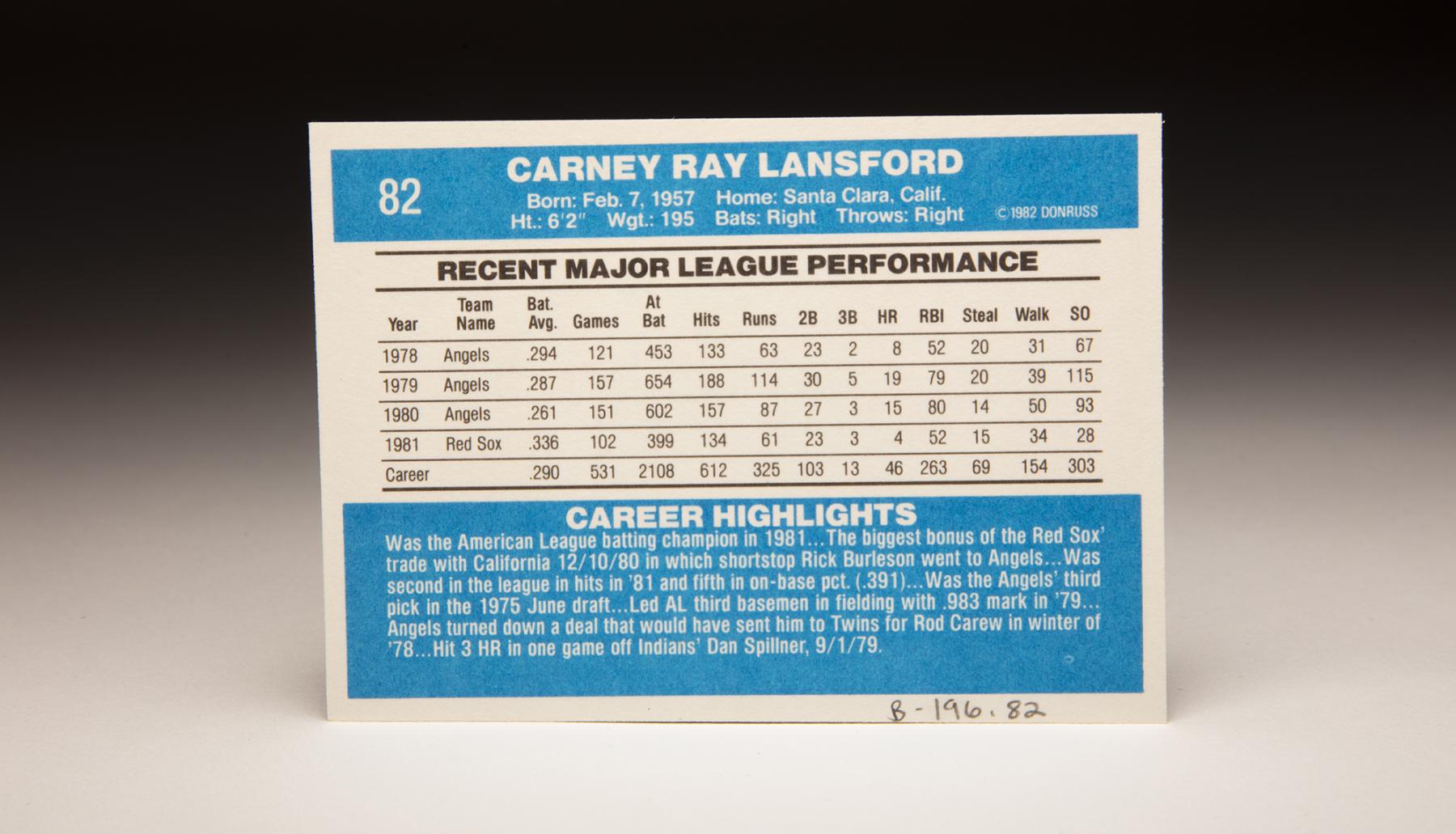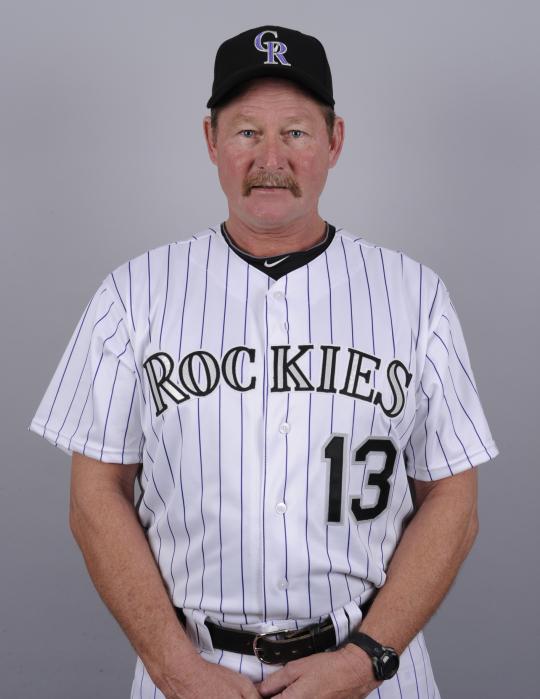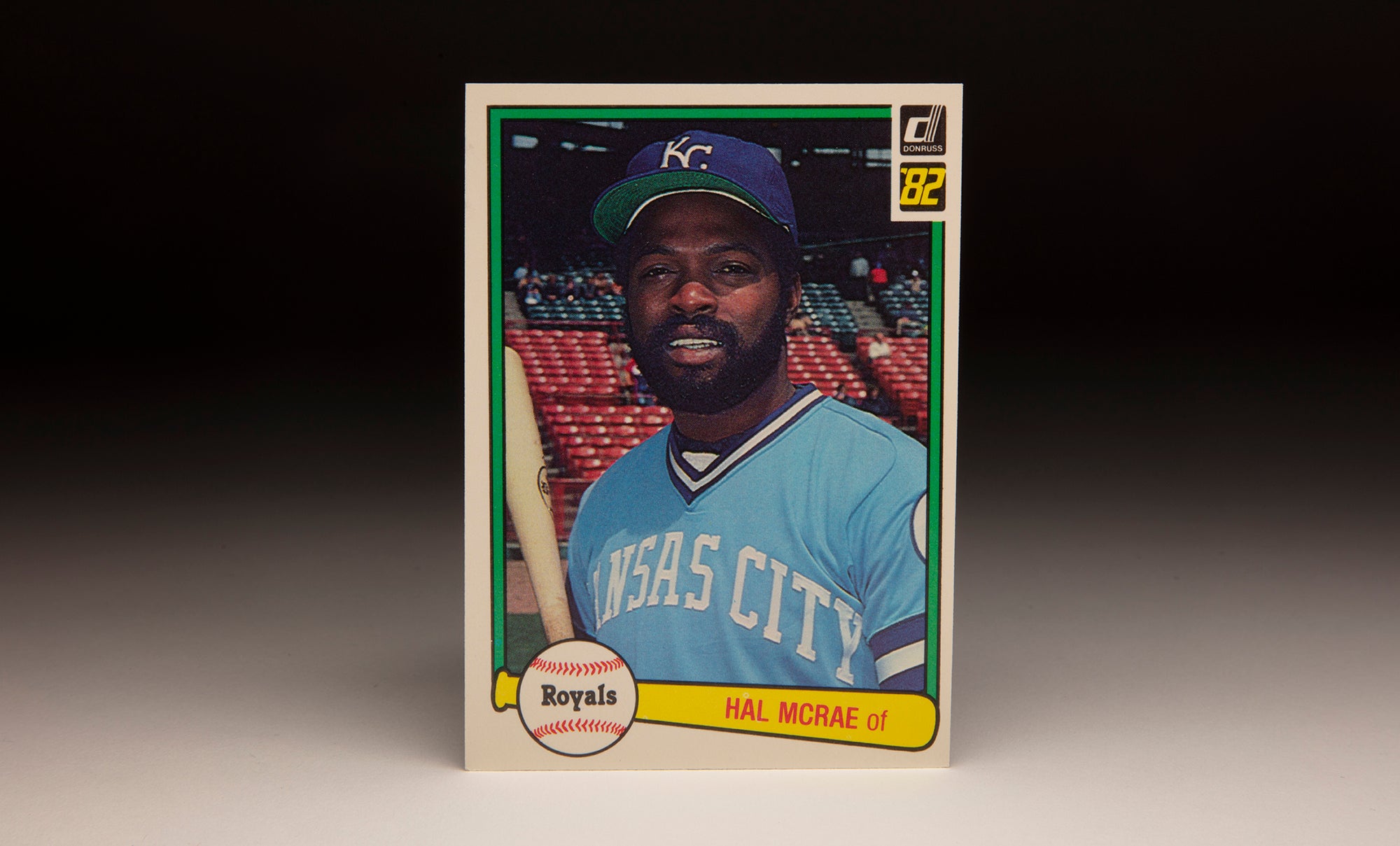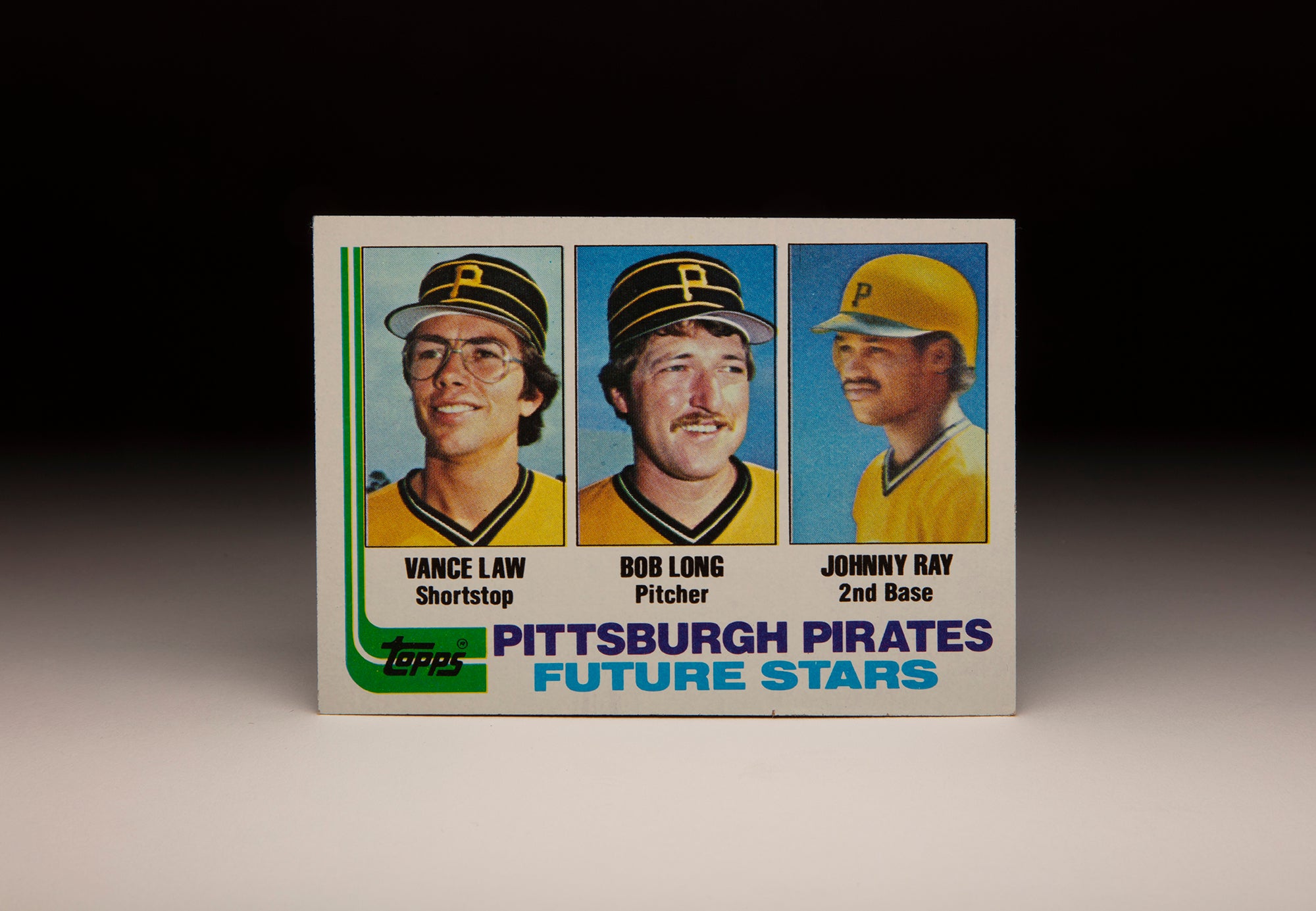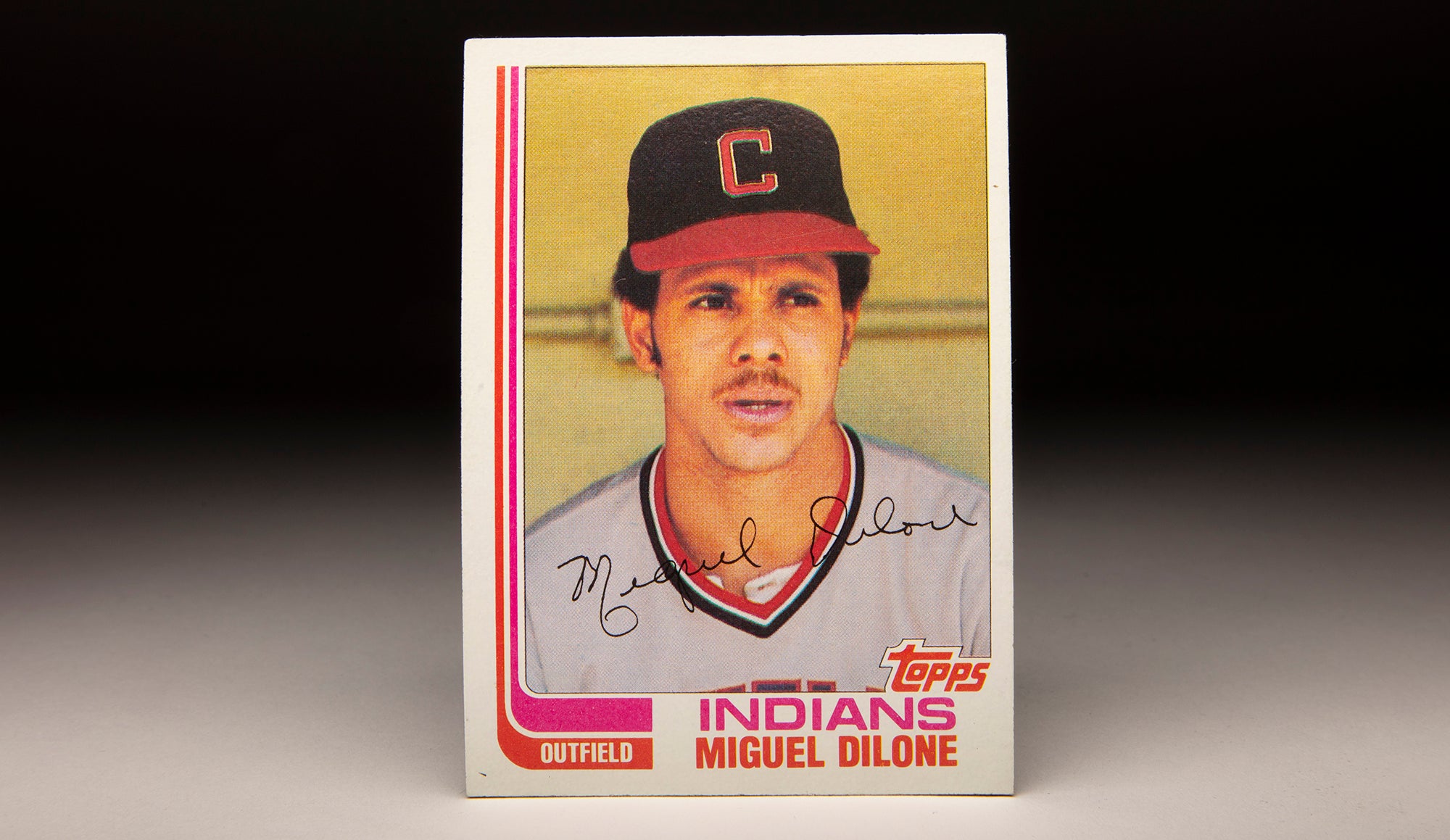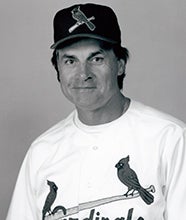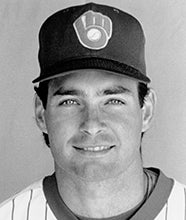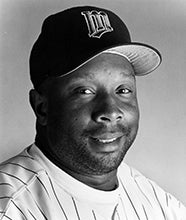- Home
- Our Stories
- #CardCorner: 1982 Donruss Carney Lansford
#CardCorner: 1982 Donruss Carney Lansford
On an Oakland Athletics team with record-setting sluggers, a future Hall of Fame pitcher and another soon-to-be Hall of Famer as manager, Carney Lansford often hid from the spotlight.
But Lansford was the unquestioned backbone of that A’s team that won four division titles, three American League pennants and the 1989 World Series from 1988-92.
It was the continuation of a championship pedigree built on an unrelenting desire to get the most out of his ability.
Carney Ray Lansford was born Feb. 7, 1957, in San Jose, Calif., and raised in Santa Clara. As a 12-year-old, Lansford led his team to the Little League World Series finals – where Lansford and his teammates were defeated by a team from Taiwan – and later starred for Wilcox High School.
His parents worked in area canneries, and Lansford – one of five brothers – was determined to make a name for himself in baseball.
“When he was playing here, we averaged 15 scouts a game – all of them specifically here to see Carney,” Ron Van Pinnon, the Wilcox High School baseball coach, told the San Francisco Examiner in 1989 during the Bay Area World Series that featured Lansford’s Athletics vs. the San Francisco Giants. “You’d look down the foul lines and see all these well-dressed gentlemen with pads and pencils and cigars.”
After graduation and appearing on area all-star teams at shortstop, Lansford was taken with the first pick of the third round of the 1975 MLB Draft by the Angels. Of all the players taken in the 1975 Draft, only Andre Dawson – selected by the Expos in the 11th round – has a better career WAR (64.8) than Lansford’s 40.4.
“Our household was incredible,” Lansford told The Boston Globe in 1981. “There was always some kind of sport going on.”
Lansford, like his brothers, played football as well – and suffered a severe left leg injury as a freshman that caused one leg to be longer than the other. As a result, Lansford battled back problems for most of his big league career.
But Lansford regained much of his speed when the leg healed, and he received scholarship offers in both football and basketball. But when the Angels called his name in the draft, Lansford decided his future was on the diamond.
The Angels sent Lansford to Idaho Falls of the Pioneer League that summer, where he appeared in only eight games due to a recurring shoulder injury he first suffered while playing football. The next season, the 19-year-old Lansford hit .287 with 14 homers, 86 RBI and 26 steals for Class A Quad Cities of the Midwest League – mixing in a 19-game hitting streak as well.
In 1977, Lansford hit .332 with 18 homers, 94 RBI and 20 steals for Double-A El Paso. After impressing Angels manager Dave Garcia with his speed and savvy in Spring Training of 1978, Lansford won the starting third base job.
“I was lucky because third base was about the only place the Angels didn’t have an established star,” Lansford told The Boston Globe.
In 121 games, Lansford – who missed most of June with a thumb injury – hit .294 with eight homers, 52 RBI and 20 steals. He finished third in the AL Rookie of the Year balloting behind Lou Whitaker and Paul Molitor.
Following the 1978 season, the Twins and Angels entered protracted negotiations in a potential deal for future Hall of Famer Rod Carew, who no longer wanted to play in Minnesota. The Twins demanded Lansford as part of the return package, but Angels general manager Buzzie Bavasi labeled Lansford “untouchable” – and the Twins eventually settled for Dave Engle, Paul Hartzell, Brad Havens and Ken Landreaux in exchange for Carew.
In 1979, the Angels advanced to the postseason for the first time in franchise history, winning 88 games and the AL West title. Lansford hit .287 with 19 homers, 79 RBI, 114 runs scored and 20 steals – regularly batting second in the lineup behind Carew. His .983 fielding percentage – coming on the strength of committing only seven errors – led all AL third basemen.
Lansford hit .294 in the ALCS as the Angels fell to the Orioles in four games.
Then in 1980, injuries beset the Angels as the team finished 65-95 and in sixth place in the division. Lansford, one of the few regulars to stay healthy all year, hit .261 with 15 homers, 80 RBI and 14 steals.
It was his first season since before Little League that Lansford played on a team that finished lower than second place.
“I think I tried too hard,” Lansford said. “Things were so bad that for the first time in my life, I dreaded coming to the park.”
Following the season, the Angels packaged Lansford with pitcher Mark Clear and outfielder Rick Miller in a deal with Boston that brought Rick Burleson and Butch Hobson to California.
Lansford immediately bonded with Red Sox hitting coach Walt Hriniak, who advised Lansford to concentrate on taking the ball up the middle. That approach – along with adopting eyeglasses that improved his vision – translated into a .336 batting average that led the AL, earning Lansford a Silver Slugger Award and a sixth-place finish in the AL Most Valuable Player voting.
From 1971-88, Lansford was the only pure right-handed batter to win the AL batting crown.
Lansford lost his arbitration case following the 1981 season, settling for a one-year, $440,000 deal. In 1982, an ankle injury sidelined Lansford for a month during the summer, but he still hit .301 with 11 homers and 63 RBI and drew votes in the AL MVP race. But with Wade Boggs hitting .349 that season as a rookie, the Red Sox suddenly had a traffic jam at third base. Boston solved its problem by trading Lansford – who was set to become a free agent following the 1983 campaign – to the A’s along with Garry Hancock and a minor leaguer for Tony Armas and Jeff Newman.
“This is the first step in restructuring the Oakland A’s,” Athletics executive Bill Rigney told the Associated Press following the deal. “We acquired a player not only to build with, but to build around.”
But the 1983 season was not kind to Lansford. He missed more than half of Oakland’s games with a variety of injuries, hitting .308 with 10 homers and 45 RBI in 80 games. The challenges on the field, however, paled in comparison to the tragedy Lansford suffered at home when his 2-year-old son Nicholas fell ill with a kidney disorder and passed away.
“The worst year in my life,” Lansford told the San Francisco Examiner.
Lansford could have become a free agent after the 1983 season, but opted to stay at home in the Bay Area, signing a five-year, $5.4 million contract that included an opt-out clause for Lansford after the 1984 campaign.
“Our negotiations with Carney have been atypical,” Athletics general manager Sandy Alderson told the San Francisco Examiner, “because we think he’s atypical: As a player, leader (and) contributor to the club.”
In 1984, Lansford returned to health and posted typical numbers – hitting .300 with 31 doubles, 14 homers and 74 RBI in 151 games. Lansford was en route to a similar season in 1985, hitting .282 with 13 homers and 46 RBI in 93 games when he was hit in the right wrist by a pitch from the Brewers’ Pete Ladd on July 25. The fracture kept Lansford sidelined for all but five games over the season’s final two months.
“With Carney, you don’t replace him – you just fill in for him,” Athletics manager Jackie Moore told the San Francisco Examiner. “We take for granted that he will always be the guy batting in the second spot and playing third base.”
The A’s finished with just 77 wins in 1985, and when Oakland began the 1986 season 29-44, the team quickly signed Tony La Russa to manage after he was dismissed by the White Sox. La Russa led the team to 45 wins over its final 89 games, with Lansford hitting .284 with 19 homers and 72 RBI in 151 games.
“He has only one problem,” La Russa said of Lansford. “He plays too hard.”
In 1987, Lansford hit .287 with 19 homers, 76 RBI and 27 steals – and led all AL third basemen in fielding percentage – as the A’s began to assemble the team that would dominate the American League over the next three seasons. José Canseco won the AL Rookie of the Year Award in 1986 and Mark McGwire followed by winning the same award in 1987, giving Oakland two of the best power hitters in the game.
Meanwhile, La Russa moved Dennis Eckersley to the bullpen in 1987 and helped jumpstart Dave Stewart’s career as Stewart won 20 games that season.
Suddenly, the A’s were a powerhouse. And now in his early 30s, Lansford became the steady clubhouse presence that kept everything in order – helping La Russa guide the team to the top of the AL West standings.
“He does his homework better than anybody in baseball,” Lansford said of La Russa. “There are no weaknesses in Tony’s game preparation.”
Lansford began the 1988 season on a torrid pace, hitting .402 as late as June 6. He finished at .279 with seven homers, 57 RBI and 29 stolen bases and again led the league in fielding percentage as Oakland won 104 games and the AL West title. Lansford was named to his first All-Star team and signed a contract extension that would keep him with Oakland through the 1991 season.
The A’s swept the Red Sox in the ALCS as Lansford hit .294 with four runs scored. But in the World Series, Kirk Gibson’s memorable Game 1 home run took with wind out of the Athletics’ sails as the Dodgers defeated Oakland in five games.
In 1989, Lansford made a run at a second batting title, hitting .406 in May and staying consistent the rest of the year to finish at .336 – three points behind winner Kirby Puckett while setting an Oakland record for batting average. Lansford entered the season’s final day hitting .33759 compared to .33809 for Puckett, but Lansford went 0-for-3 while Puckett was 2-for-5.
But Lansford’s A’s won the AL West by seven games and then defeated the Blue Jays in five games in the ALCS. Lansford hit .455 in the first three games before a hamstring injury sidelined him for the last two contests. Lansford, however, returned for the World Series against the Giants and hit .438 with five runs scored as Oakland won four straight to capture the title – giving Lansford the World Series ring he craved.
In 1990, the A’s appeared to be even better. Oakland rolled to 103 wins and swept the Red Sox in the ALCS. The 33-year-old Lansford’s power was waning, but he still hit .268 with 50 RBI and led AL third baseman in fielding percentage for the fourth time. But after batting .438 in the ALCS, Lansford hit .267 in the World Series as Cincinnati swept the A’s in an upset no one saw coming.
Then on New Year’s Eve 1990, Lansford was involved in a snowmobile accident on his property in Baker, Ore. He jumped off the sled while trying to avoid a barbed wire fence, and while walking back to his house his left knee gave out. The knee required surgery on both the anterior cruciate ligament and the medial collateral ligament, and Lansford missed all but five games of the 1991 season, as the A’s finished with just 84 wins and in fourth place in the AL West.
Lansford’s contract expired after the 1991 campaign, but he returned to the A’s on a one-year, incentive-heavy deal.
“Carney Lansford to me – and I’ve known him for a long time – might be the most underrated player in baseball,” Cleveland Indians John McNamara told Gannett News Service in 1991. “He sacrifices himself. He takes pitches. He hits the ball the other way. To me, he’s just one of the best players in this league.”
With Lansford back in the lineup in 1992, the A’s won 96 games and recaptured the AL West title. Lansford hit .262 with 75 RBI, the fourth-best single-season total of his career.
“Basically, he came back because he was sick and tired of watching us getting our butts kicked last year,” Athletics catcher Terry Steinbach told the San Francisco Examiner.
But in the ALCS vs. Toronto, Lansford hit just .167 in five games as the Blue Jays defeated the A’s 4-games-to-2 to advance to the World Series. Immediately after the A’s lost Game 6, Lansford – the team captain – announced his retirement.
He made his last plate appearance in the ninth inning of Game 6, drawing a walk off Toronto’s Tom Henke in Oakland’s 9-2 loss.
“It took me so long to take the uniform off for the last time,” Lansford told the Associated Press through tears as he announced his retirement. “It was not as easy as I thought it would be.
“I accomplished everything I set out to accomplish. I never went out to get 3,000 hits and make the Hall of Fame. That was never my goal like it was for some guys. I have no regrets.”
Lansford returned to the Athletics as a coach from 1994-95 and later coached for the Giants and Rockies.
Lansford’s younger brother, Joe, was a first-round pick of the Padres in 1979. At 6-foot-5 and 225 pounds, Joe – who often went by “Jody” – reached the 20-homer mark four times in the minors but appeared in only 25 big league games with San Diego over the 1982 and 1983 seasons, hitting one home run.
Brothers Gary, Ernie and Phil Lansford also starred on the diamond. Phil was the 10th overall pick in the 1978 MLB Draft by the Indians but never reached the majors.
“I think Carney was probably the best of the bunch,” Von Pinnon, who coached each of the brothers, told the Reno Gazette-Journal. “He had the most desire of any athlete I’ve ever seen. He was totally dedicated to playing Major League Baseball.”
In time, the Wilcox High School Chargers would play their baseball games on Carney Lansford Field.
Lansford finished his 15-year career with a .290 batting average, 2,074 hits, 1,007 runs scored, 151 homers and 224 stolen bases. His .9658 career fielding percentage ranks in the Top 30 all-time among third basemen.
But for all the numbers, Lansford’s legacy might be best summed up by his near-universal respect from teammates and opponents alike.
That respect stemmed from a singular focus that carried Lansford throughout his career.
“Winning,” Lansford told the Fort Worth Star-Telegram, “is all that counts.”
Craig Muder is the director of communications for the National Baseball Hall of Fame and Museum

